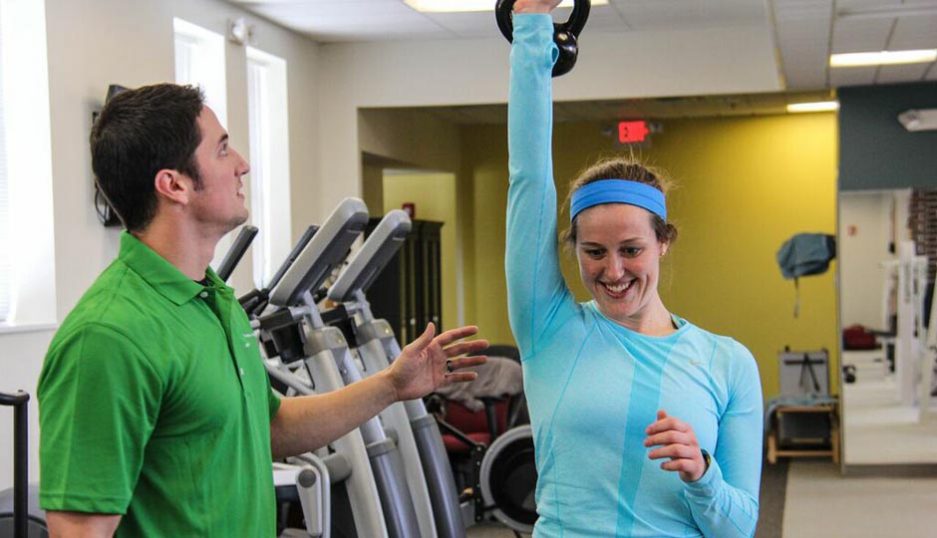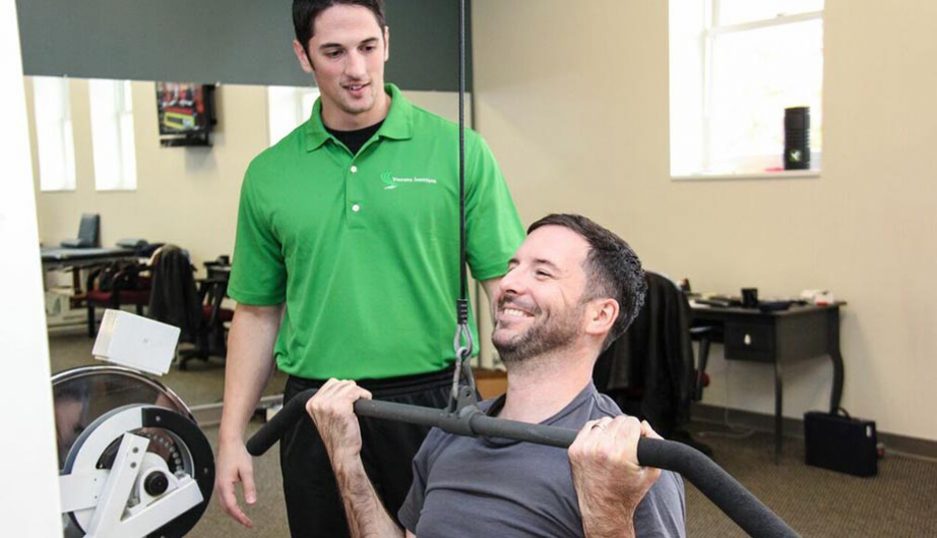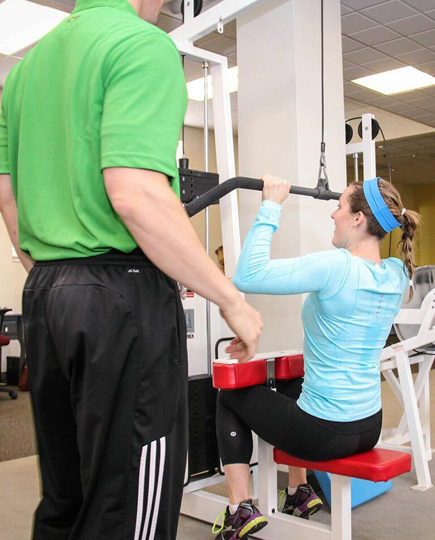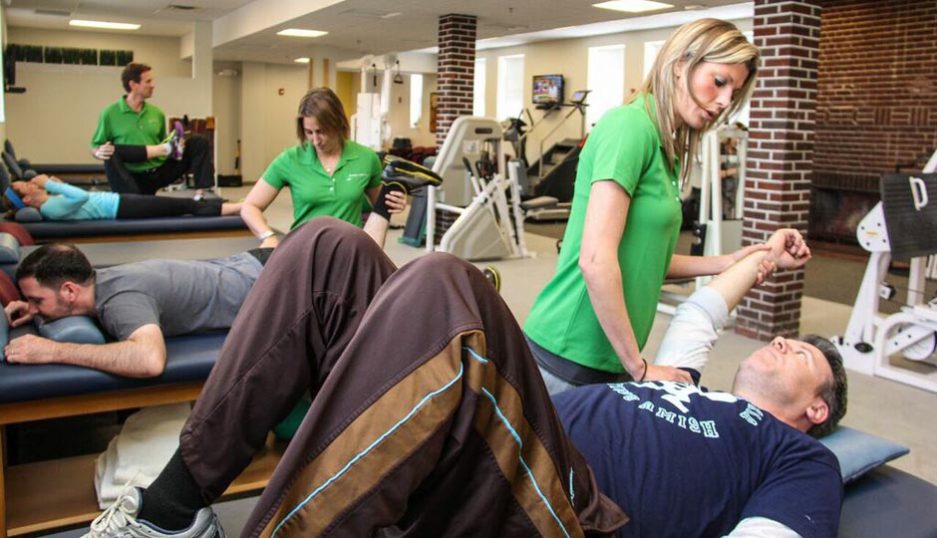Beat the Pain: Keep Your Hips in Running Shape
When you’re a runner, there’s nothing worse than pain that keeps you from performing at your best. Hip and pelvis pain are two of the most common types of pain that runners experience. Read on to how to keep your hips in running shape.
The Source
Whether you’re an experienced marathoner or a weekend warrior, hip and pelvis pain can afflict any runner. It often occurs when runners increase their mileage or speed. “Usually, it’s compensation,” said Nicole Cannon, physical therapist at the Vincera Institute, the first medical specialty center dedicated to core medicine, “hip/core muscles do not work efficiently to keep up with the amount of running/speed of running.”
The pain may actually be coming from the iliotibial (IT) band, the dense band of connective tissue, that runs down the outside of the thigh from the hip to the knee. It could also come from tight hamstrings, hip flexor, quad or hip adductor muscles. “Usually it’s as a result of over training, poor mechanics/functional weakness, that kind of a thing,” Cannon said. New runners may experience this when they start to feel good with where they are in his/her running program and decide to increase speed/distance/frequency of running too rapidly.
Hip Alignment
The alignment of the hips/pelvis can affect single leg stability. Since running involves taking a single leg stance over and over again, hip alignment issues can cause runners pain. When Cannon works with runners, she will look at their glute and core strength, often using Fusionetics system to look at functional strength, i.e. DL squat, single leg squat, push up, arm and spine mobility tests, looking for alignment and possible breakdown in functional movement patterns. “If the toes are rotated out or if the knee is dropping in or pelvis is opening up, that tells me that there may be some kind of stability issue.” If a patient is not able to maintain proper alignment, many of the symptoms may be stemming from this mal-alignment.
“A lot of what we do is try to improve functional strength in glutes and core to facilitate a more neutral hip, pelvis, knee, and ankle alignment during functional/sport specific movement patterns,” Cannon said, “We then progresss and take them through some dynamic/agility tests to again assess alignment/strength and possible breakdown.” Correction of dynamic stability often provides good carryover to running/sport related movements.
Managing the Pain
With so many different levels of running, dealing with the pain can be a different thing for every runner. However, strengthening the core can help. A lot of times, there is weakness in the glutes as well as deep core stabilizers, i.e. transverse abdominus and multifidus muscles around the spine and runners need to build their functional strength in these areas, or the strength that gets us through daily life.
If you’re getting closer to a race, you may back down on the upper level dynamic strength training. However, you should keep up with core exercises, i.e. planks, side planks, bridges, hip abduction, superman exercises along with foam roller and mobility exercises. More functional strength training includes single-leg dead lifts, single leg balance variations and single leg squats. Shoot to do core/functional strengthening exercises in general 2-4 times/week depending on where you are in your training. Mobility and foam roller can be performed most days of the week as necessary.
Get Warm
It’s also important to warm-up properly before running and stretch/cool down after running to prevent injury and soreness. Cannon shows runners dynamic mobility stretches to warm up. “You’re not holding as long, you’re more moving through the stretch,” she said. “It helps to get more blood flow into the muscles.” More research has shown that static, prolonged stretches before running can cause you to lose some speed, which is why Cannon recommends dynamic stretches or even an elliptical/slower paced run to warm up and get the blood moving.
A backwards lunge into a crescent, a yoga move, held for 3-5 seconds is an example of a dynamic stretch for hip flexors. A side lunge is a good one for hip adductors/medial hamstring. A walking quad stretch is another. After warming up and running, you can use a foam roller and do stretches that you can hold for a little bit longer. “Usually it’s better to be warmed up before you’re going to be holding more of a long stretch,” Cannon said. As always, if hip/knee/pelvis pain does not subside with these suggestions, follow up with a Dr. to further assess possibility of hip, knee, pelvis, spine pathology is recommended.
For more information on hip and pelvic pain and recovery for runners, visit the Vincera Institute here. Visit their state-of-the-art facility at the Navy Yard or call (267) 592-3200 to make an appointment.
View the photo gallery below of runners during their session at Vincera Rehab.














This is a paid partnership between Vincera Institute and Philadelphia Magazine



